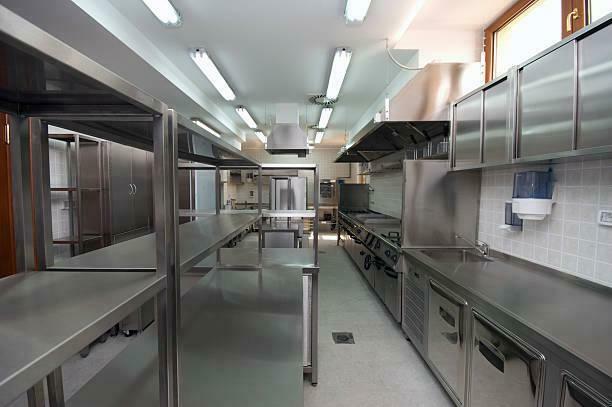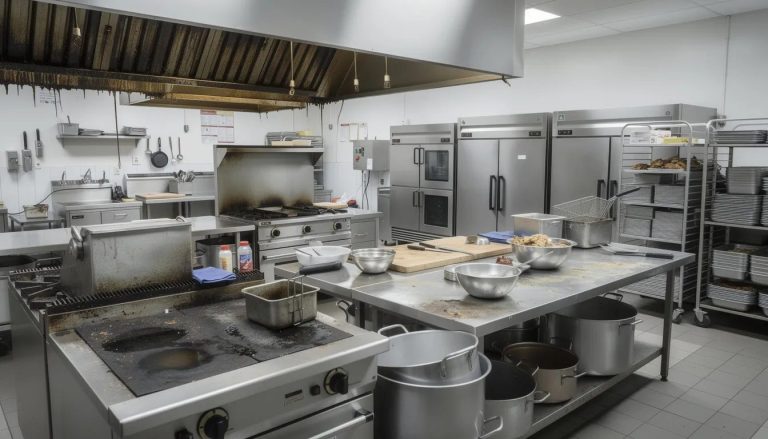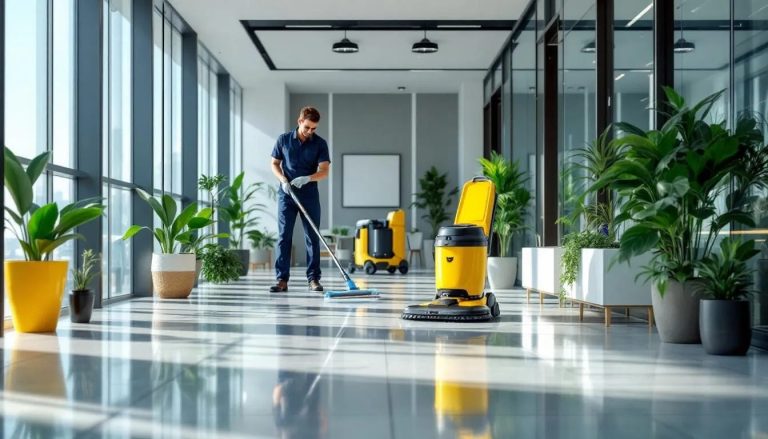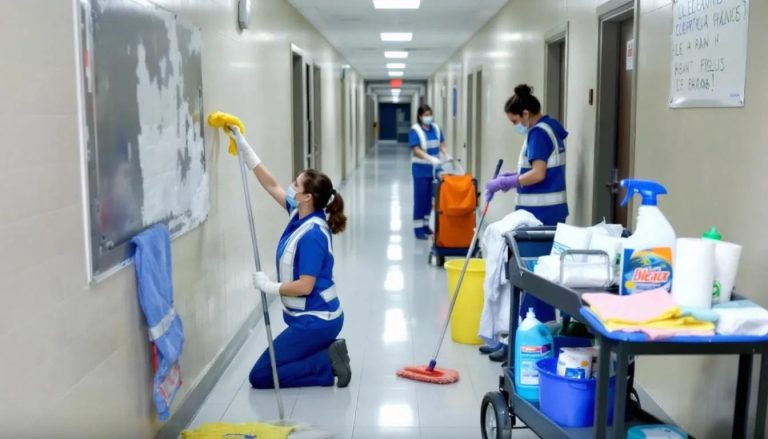
5 Tips In Maintaining Commercial Kitchen Floors
One of the most essential things that restaurants, cafeterias, and all commercial kitchens must be aware of is the cleanliness of the floors and surroundi gs. Maintaining commercial kitchen floors is highly advi d. Commercial kitchen floors can be easily damaged if it is overloo ed. Bugs and insects might reside as well if it is not well-maint in. This can be a severe problem if you leave these things alone. To esolve this issue, you must ask for help from the experts.
Jani-serv, Inc. is a janitorial cleaning company that offers commercial floor cleaning. Wit the help of the expert team and the advanced equipment used, your desired cleanliness will be achieved. Here are so e tips on how to maintain kitchen floors clean.
1. Clean Up Spills Immediately.
Some commercial kitchen floors are very open. Sometimes you tend to forget those food spills and moisture which attract bugs and can cause floor damage, (it should be clean right away and might cause an accident too). To avoid this kind of incidents, you should use effective floor cleaning agents that are safe and approved by the professionals.
2. Clean All Floor Drains.
This is rarely performed, but the underneath of floor drains can get coated with sediment, grease, oil, and food that attract bugs. Take drains out and clean them about once per week.
3. Vacuum Kitchen Floors.
Every couple of weeks, vacuum a dry kitchen floor. This helps remove soil and food particulates in cracks, corners, and divisions.
4. Eliminate Clutter.
Insects like to hide in clutter. Removing clutter elsewhere in the kitchen is a significant first step in eliminating pests. Pests can cause dirt on the kitchen floor, and it is never healthy for your business.
5. Use “Digesting” Cleaning Solutions.
Food particulates get lodged in the pores of the floor as well as cracks, corners, and grout. One of the most effective ways to eradicate them is with bio-cleaning agents. These cleaning solutions digest organic soils in hard-to-reach areas and continue working for days after cleaning.
We should always consider many things regarding floor cleaning, especially in commercial spaces. For more cleaning tips, visit Jani-Serv, Inc., and call us today!






